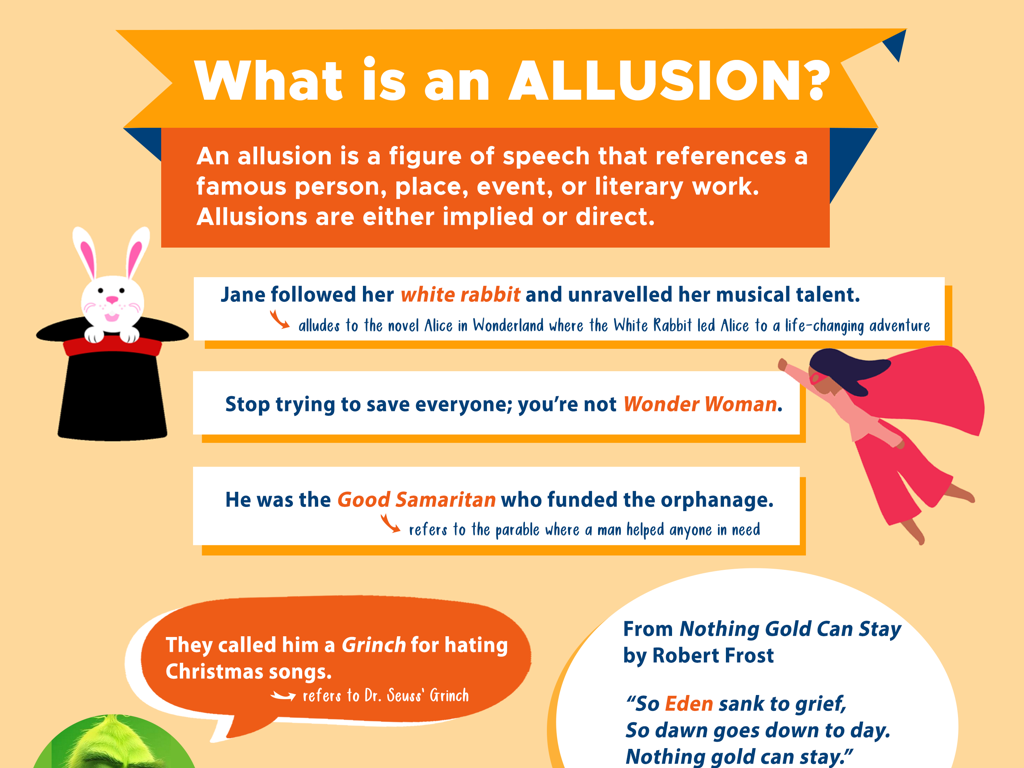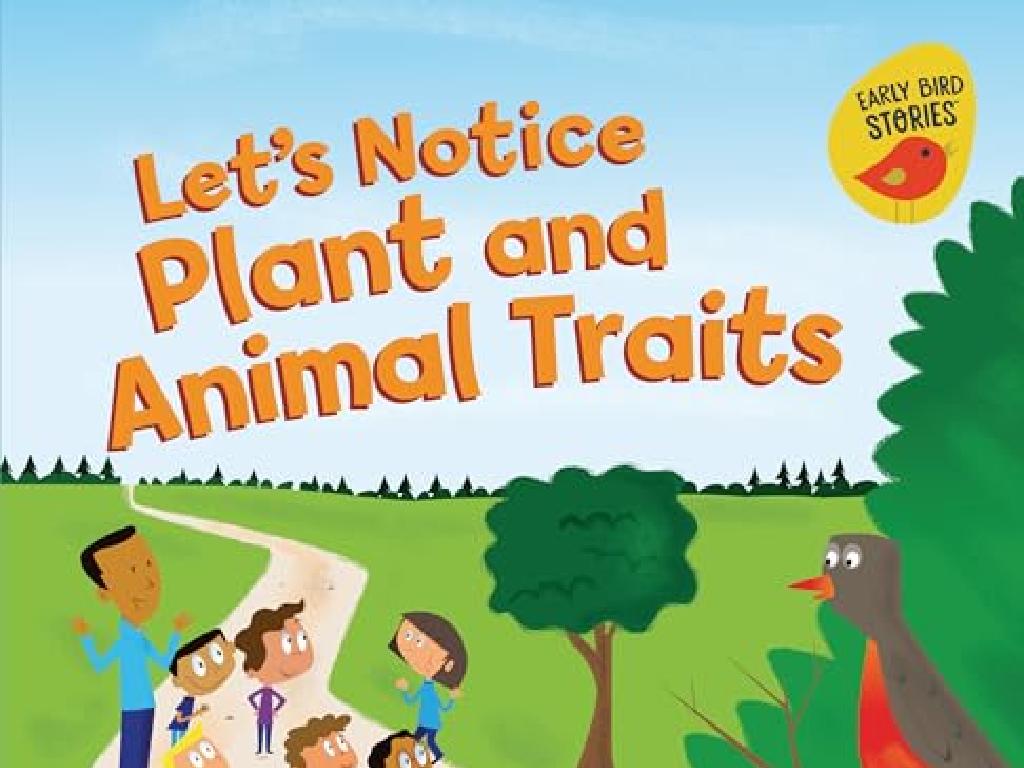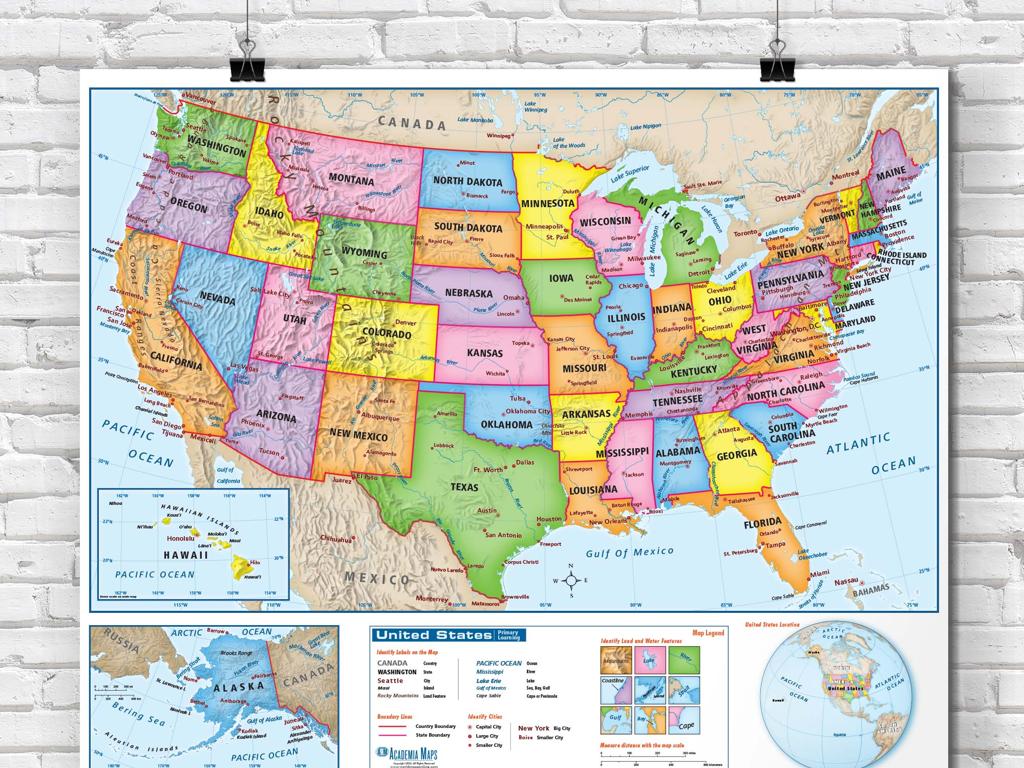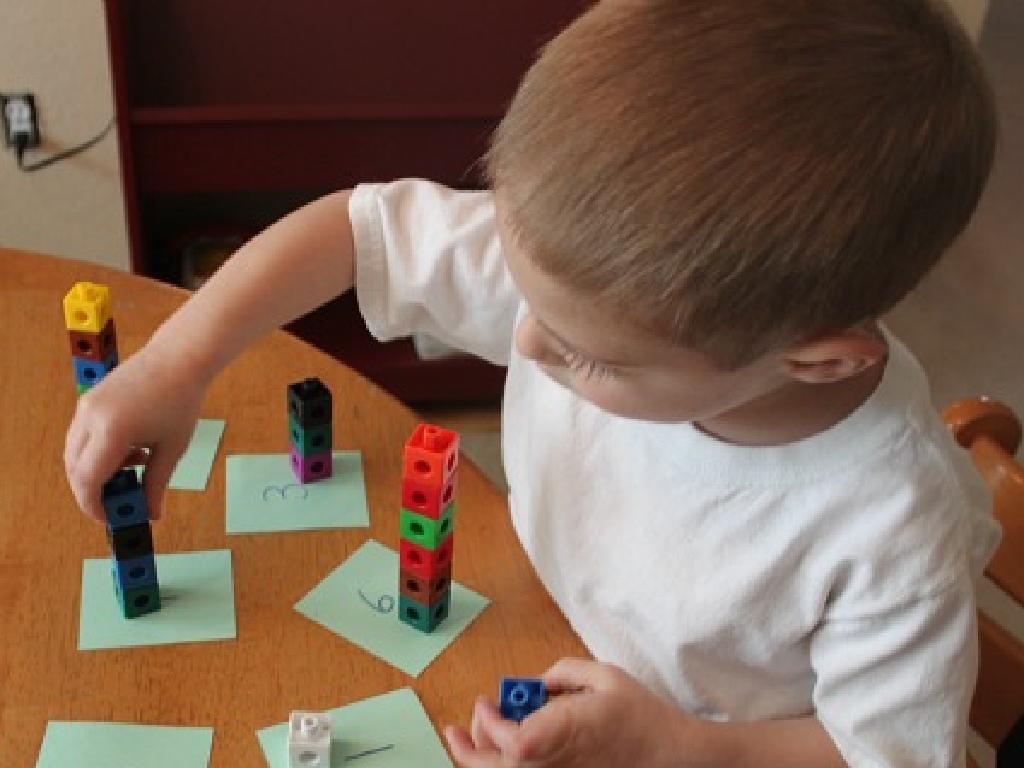Identify Relative Pronouns
Subject: Language arts
Grade: Fourth grade
Topic: Pronouns
Please LOG IN to download the presentation. Access is available to registered users only.
View More Content
Exploring Relative Pronouns
– What are relative pronouns?
– Words like who, whom, whose, which, that
– Importance of pronouns in sentences
– Examples of relative pronouns
– ‘The cake, which was delicious, is gone.’ – which refers to the cake
– Practice identifying them
– We’ll find relative pronouns in sentences together!
|
This slide introduces the concept of relative pronouns to fourth-grade students. Begin by explaining that pronouns are words used to replace nouns and avoid repetition. Then, focus on relative pronouns specifically, which are used to connect clauses and provide more information about the noun. Emphasize their importance in making sentences clear and concise. Provide examples using common relative pronouns and show how they relate to the nouns they replace. Conclude with an interactive activity where students identify relative pronouns in example sentences, reinforcing their understanding of the concept.
Exploring Relative Pronouns
– What is a relative pronoun?
– Types: who, whom, whose, which, that
– ‘Who’ for people, ‘which’ for things, ‘that’ for both
– Connecting clauses to nouns
– They link descriptions to nouns, like ‘The cyclist who won the race’.
– Sentence examples
– ‘The teacher, who is nice, helps us.’
|
This slide introduces the concept of relative pronouns to the students, which are words that connect clauses to nouns or pronouns, providing more information about them. Start by explaining that relative pronouns are used to add details to the subjects of sentences. Give examples for each type of relative pronoun, such as ‘who’ for people (‘The girl who has a red hat is my sister.’), ‘which’ for things (‘The car, which is blue, is fast.’), and ‘that’ for both people and things (‘The book that she read was thrilling.’). Encourage students to create their own sentences using relative pronouns to describe their classmates, pets, or favorite objects. This will help them understand how relative pronouns function within a sentence to add detail and clarity.
Using ‘Who’ and ‘Whom’ in Sentences
– ‘Who’ is used for sentence subjects
– ‘Who’ replaces the subject: Who is riding the bike?
– ‘Whom’ is for sentence objects
– ‘Whom’ replaces the object: Whom did you call?
– Examples of ‘Who’ and ‘Whom’
– ‘Who’ example: Who baked the cookies? ‘Whom’ example: For whom are the cookies?
|
This slide introduces the relative pronouns ‘who’ and ‘whom’ to the students. ‘Who’ is used to refer to the subject of a sentence, which is the person performing the action. For example, in the sentence ‘Who is riding the bike?’, ‘who’ is the subject who is doing the action of riding. On the other hand, ‘whom’ is used when referring to the object of a sentence, which is receiving the action. For example, ‘Whom did you call?’ Here, ‘whom’ is the object that is being called. Provide students with clear examples and encourage them to create their own sentences using ‘who’ and ‘whom’. This will help them understand the difference in usage between these two pronouns. During the next class, review their examples and correct any misunderstandings.
Using ‘Whose’, ‘Which’, and ‘That’
– ‘Whose’ indicates ownership
– Example: Whose backpack is this?
– ‘Which’ for objects, ‘That’ for people or objects
– Example: Which is your favorite toy? That is the artist who painted this.
– Practice with ‘whose’, ‘which’, ‘that’
– Create sentences using each pronoun correctly.
– Understand when to use each pronoun
|
This slide introduces the relative pronouns ‘whose’, ‘which’, and ‘that’, focusing on their usage in sentences. ‘Whose’ is used to show possession, such as in the question ‘Whose backpack is this?’ It helps us understand who owns something. ‘Which’ is used when referring to things, not people, and ‘that’ can be used for both things and people, providing flexibility in its use. Encourage students to practice creating sentences using these pronouns to grasp their meanings and applications better. For example, ask them to describe objects in the classroom using ‘which’ and ‘that’, and to think of questions using ‘whose’ to inquire about ownership. The goal is for students to become comfortable with these pronouns and to know when to use each one correctly.
Let’s Practice Relative Pronouns!
– Find relative pronouns in sentences
– Look for words like ‘who’, ‘whom’, ‘that’, ‘which’, ‘whose’
– Create sentences with relative pronouns
– Use ‘who’ for people, ‘which’ for things, ‘that’ for both
– Share your sentences with the class
– Practice speaking skills and learn from peers
– Understand the use of relative pronouns
|
This slide is for a class activity focused on identifying and using relative pronouns. Start by explaining what relative pronouns are and how they connect parts of a sentence. Then, have students find relative pronouns in example sentences you provide. Next, encourage them to create their own sentences using relative pronouns, ensuring they understand which pronoun to use for people, things, or both. Finally, have students share their sentences with the class to practice speaking skills and to learn from each other’s examples. This activity will help solidify their understanding of relative pronouns in a fun and interactive way.
Exploring Relative Pronouns in Literature
– Find relative pronouns in a favorite book
– Look for ‘who’, ‘whom’, ‘whose’, ‘which’, ‘that’
– Understand authors’ use of relative pronouns
– See how they connect details to nouns
– Discuss sentences without relative pronouns
– Imagine the sentence is missing these words
– Recognize the importance of detail
– Notice how they make descriptions clearer
|
This slide aims to help students identify and understand the use of relative pronouns in the context of literature. By examining their favorite books, students will search for examples of ‘who’, ‘whom’, ‘whose’, ‘which’, and ‘that’. Discuss how these words function to add detail to sentences and how they relate to the nouns they describe. Encourage students to think about the clarity and detail that relative pronouns provide in a sentence. Have them consider what information might be lost without these connecting words. This exercise will enhance their comprehension skills and appreciation for detailed descriptions in writing.
Class Activity: Pronoun Hunt
– Join the ‘Pronoun Hunt’ in class
– Find sentences with relative pronouns
– Look for ‘who’, ‘whom’, ‘whose’, ‘which’, ‘that’
– Write down your sentences
– We’ll review them as a class
|
This activity is designed to help students identify relative pronouns in a fun and interactive way. Set up the classroom with various books and posters that include sentences with relative pronouns. Encourage students to search for sentences containing words like ‘who’, ‘whom’, ‘whose’, ‘which’, and ‘that’. Once they find a sentence, they should write it down. After the hunt, gather the students and review the sentences together, discussing how the relative pronouns are used to connect clauses. This will reinforce their understanding of relative pronouns in context. Possible variations of the activity could include working in pairs, timing the hunt, or assigning specific books to look in.
Wrapping Up: Relative Pronouns & Homework
– Recap on relative pronouns
– Homework: Craft a short story
– Use your imagination to write a fun tale
– Include five relative pronouns
– ‘who’, ‘whom’, ‘whose’, ‘which’, ‘that’ are some examples
– Share your story in class tomorrow
– Practice makes perfect, and we’ll discuss as a class!
|
As we conclude today’s lesson on relative pronouns, remind students of their importance in connecting sentences and providing additional details. For homework, students are tasked with writing a creative short story that includes at least five relative pronouns, ensuring they apply what they’ve learned. This activity will help solidify their understanding by using relative pronouns in context. Encourage creativity and remind them to be prepared to share their stories with the class the following day, fostering a sense of community and collaborative learning.






